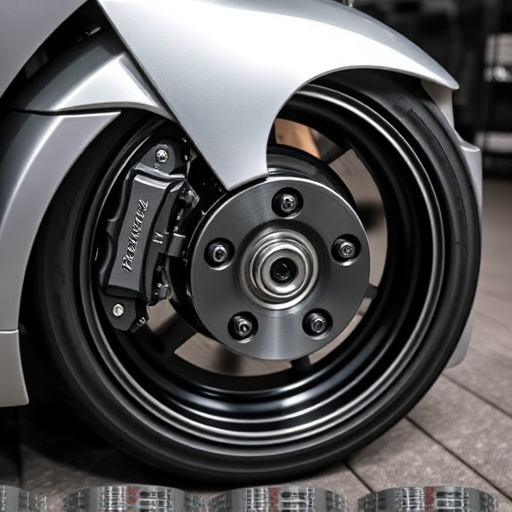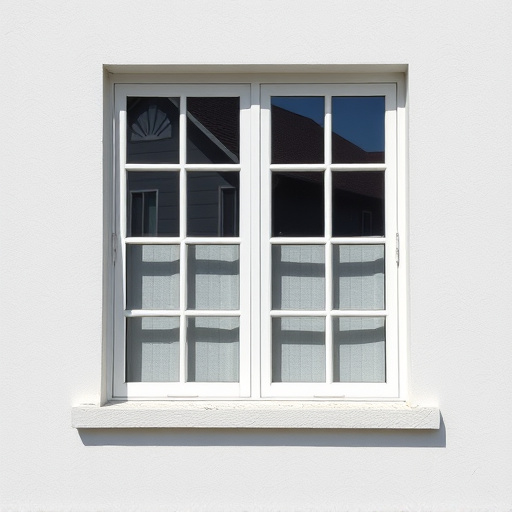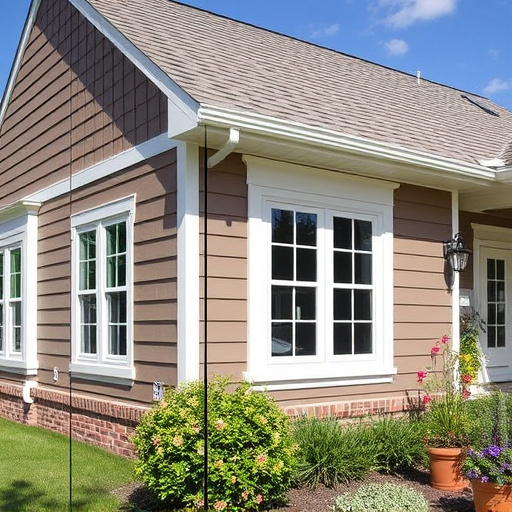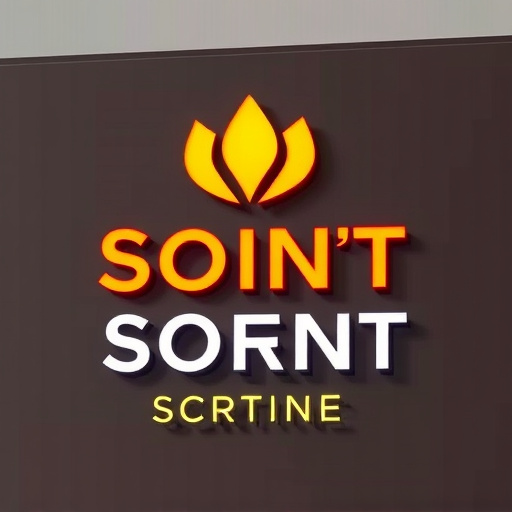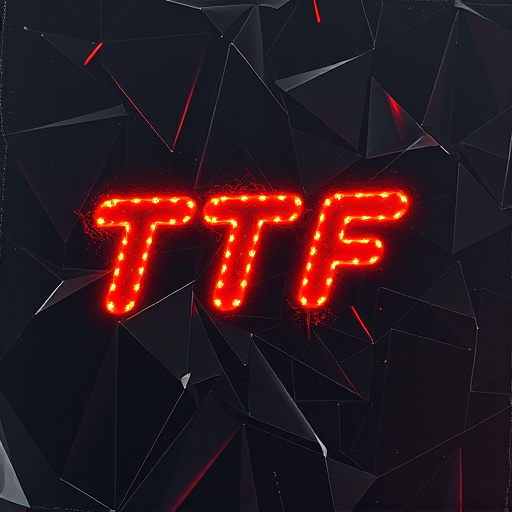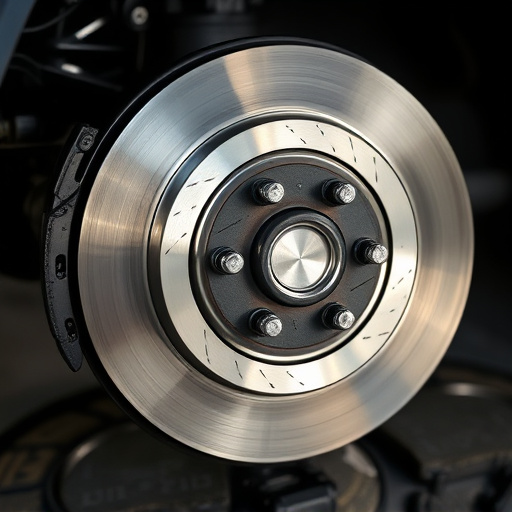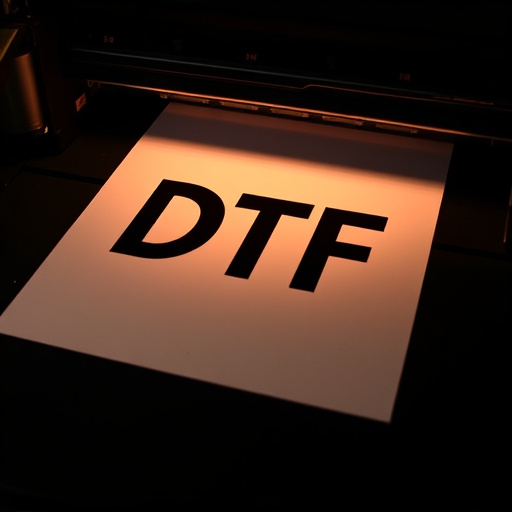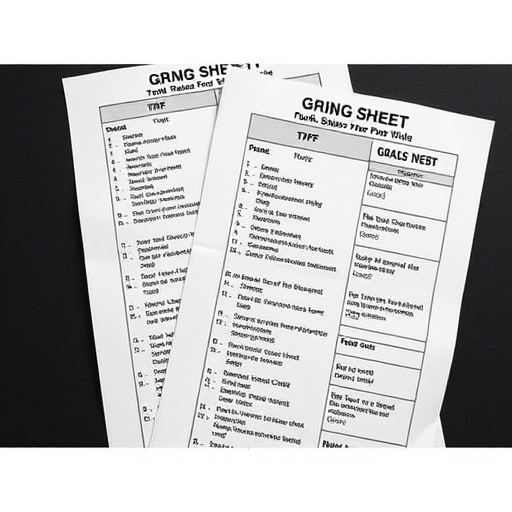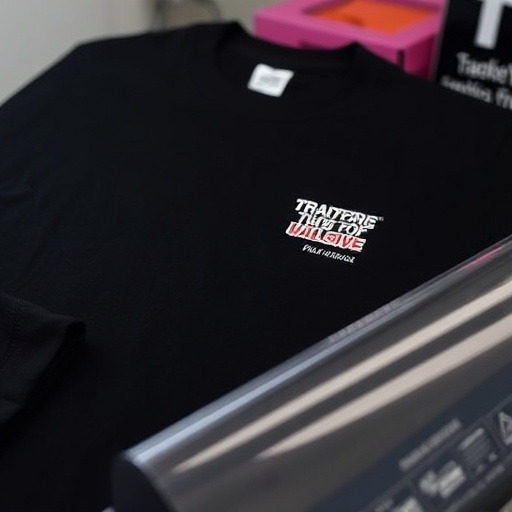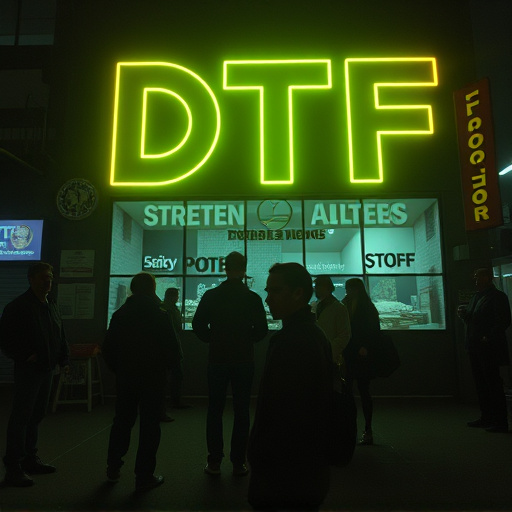DTF (Direct to Fabric) Printing offers a cost-effective alternative to screen printing, appealing to businesses and designers. It reduces setup costs by directly printing designs onto fabric using thermal printers, streamlining production for custom apparel orders. DTF's accessibility allows small businesses to create high-quality designs without significant upfront investment, democratizing fabric printing and enabling faster turnaround times.
“Discover how DTF (Direct-to-Fabric) printing is transforming the fabric printing industry by offering a cost-effective solution. In this article, we explore why DTF printing boasts lower setup costs than traditional screen printing. By understanding the advantages of DTF, fabric printers can unlock new opportunities, streamline production, and cater to diverse customer demands with minimal upfront investment.”
- Understanding DTF Printing's Cost Advantage
- How Setup Costs Compare: DTF vs Screen Printing
- Benefits of Lower Startup Expenses for Fabric Printers
Understanding DTF Printing's Cost Advantage
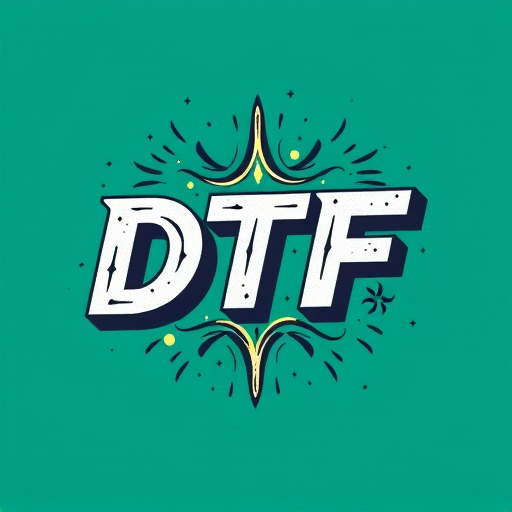
DTF (Direct to Fabric) Printing offers a significant cost advantage over traditional screen printing methods, making it an increasingly popular choice for businesses and designers alike. One of the key reasons for its economic appeal is the reduction in setup costs. With DTF, there’s no need for intricate screen set-up and preparation, which can be both time-consuming and expensive. This technology directly applies designs to fabric using a thermal printer, eliminating the requirement for separate screens and associated expenses.
Furthermore, DTF printing streamlines the production process, especially when producing custom or small batch orders of printed fabrics, such as those used in creating hoodies or other apparel. Unlike screen printing, which demands large minimum order quantities and substantial setup time, DTF can swiftly produce detailed, high-quality prints with ease. The cold peel dtf transfers ensure a clean, precise application, enabling efficient production runs. This versatility makes DTF printing an attractive option, especially for businesses looking to offer personalized or on-demand products using heat press techniques.
How Setup Costs Compare: DTF vs Screen Printing
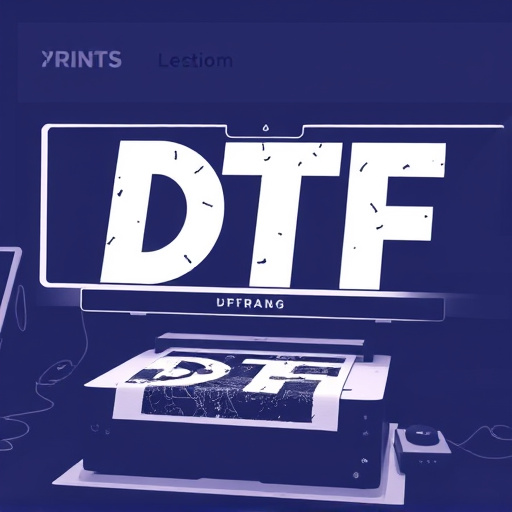
In the realm of fabric printing, DTF (Direct to Film) technology has emerged as a game-changer, offering significant advantages over traditional screen printing methods. When it comes to setup costs, DTF fabric printing truly shines. Unlike screen printing, which requires separate screens for each color and intricate setup processes, DTF utilizes a direct-to-film printer that produces high-quality prints by directly exposing the design onto a flexible film. This simplification drastically reduces the time and resources needed for preparation, making it an attractive option for clothing brands looking to print custom logos on items like personalized hoodies.
The comparison between DTF and screen printing is stark in terms of setup costs. Screen printing involves purchasing or renting specialized equipment, along with the ongoing maintenance and cleaning required for each color separation. In contrast, a DTF system offers lower upfront costs, as it primarily necessitates an investment in the direct-to-film printer itself. This accessibility makes DTF printing an appealing choice for small businesses and startups, enabling them to create dynamic designs without breaking the bank. For instance, logos designed for clothing brands can be swiftly translated into tangible products using a DTF printer, ensuring efficiency and cost-effectiveness throughout the personalization process.
Benefits of Lower Startup Expenses for Fabric Printers
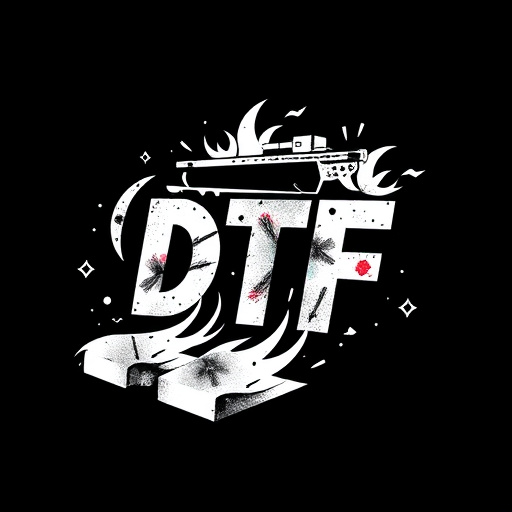
One of the most significant advantages of DTF (Direct to Fabric) Printing over traditional screen printing is its dramatically lower startup costs. For small businesses and independent fabric printers, this means greater accessibility to enter the market and compete effectively. With DTF Fabric Printing, there’s no need for expensive set-up like screen creation and preparation, which can be a substantial barrier in screen printing. This cost savings translates directly into more flexibility for printers to experiment with design concepts, invest in high-quality materials, and cater to diverse customer needs.
Furthermore, the absence of screen printing’s intricate setup process streamlines production, allowing for faster turnaround times and increased efficiency. DTF transfer printing enables printers to produce complex designs on various fabric types with remarkable ease, making it an ideal solution for custom t-shirt printing and other textile customization projects. This accessibility democratizes fabric printing, empowering individuals and businesses to bring their creative visions to life at a fraction of the traditional cost.
DTF fabric printing stands out as a game-changer in the textile industry, offering significantly lower setup costs compared to traditional screen printing. By understanding and leveraging this cost advantage, fabric printers can enhance their business viability and competitiveness. The benefits of reduced startup expenses are clear, enabling more flexibility, faster turnaround times, and an improved overall customer experience. As DTF fabric printing continues to gain traction, embracing this innovative technology could be the key to unlocking new opportunities in the market.
